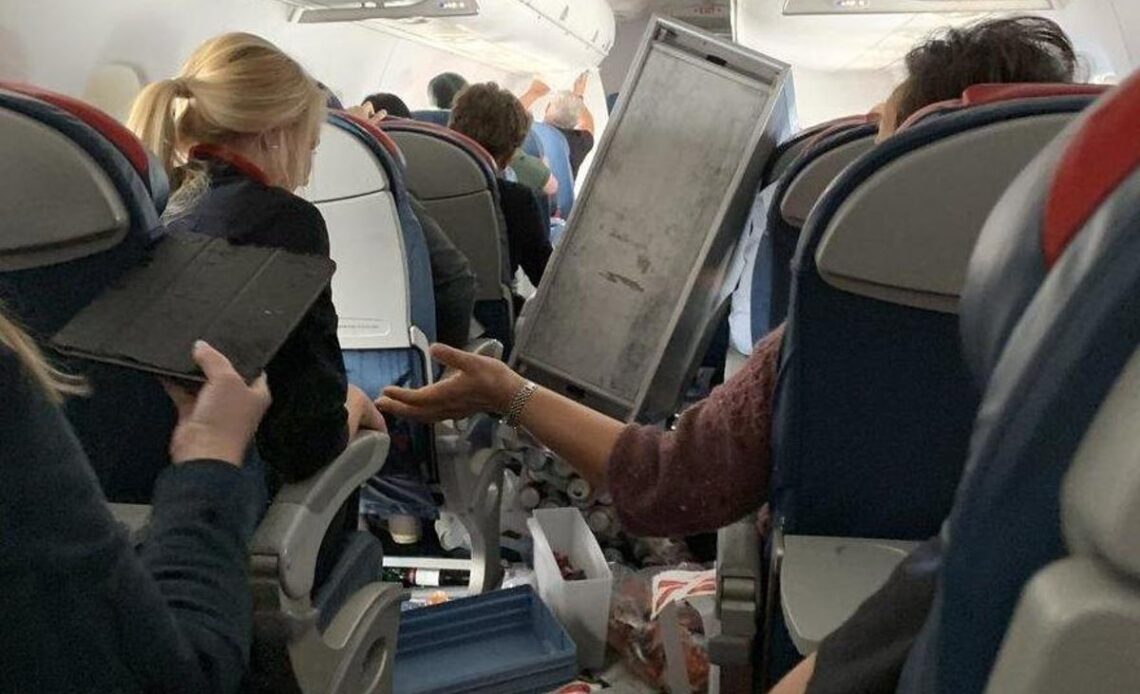Encounters with extreme turbulence while in the air can be terrifying. Just this week, a severe incident led to crew members on board a flight across Australia being taken to hospital.
In the last year, there have been numerous incidents, from eight passengers requiring medical assistance after their plane was struck on the way to Portugal to a British Airways flight that hit such strong severe turbulence over the Bay of Bengal that pilots had to return to the airport they’d just departed from, with several members of cabin crew reporting injuries.
Even seasoned fliers can, at times, get spooked by the mid-flight bumps and shakes, though in reality the vast majority of cases will be nothing more serious than a jiggle to your in-flight meal.
We look at what causes turbulence, answer some of the most commonly asked questions, and investigate whether it can ever bring down an aircraft.
What is turbulence?
Turbulence is caused by eddies of “rough air” – a bit like waves becoming choppy at sea. The Federal Aviation Administration defines clear-air turbulence (CAT) as “sudden severe turbulence occurring in cloudless regions that causes violent buffeting of aircraft … CAT is especially troublesome because it is often encountered unexpectedly and frequently without visual clues to warn pilots of the hazard.”
There are three main reasons turbulence occurs: thermal (warm air rises through cooler air); mechanical (a mountain or manmade structure disrupts air flow); and shear (on the border of two pockets of air moving in different directions).
This makes the aircraft rise and fall and rock from side to side.
Thousands of planes experience severe turbulence every year, costing the aviation industry up to $1bn through flight delays and structural damage.
Is turbulence normal?
It’s completely normal. And although it can feel scary, modern aircraft are designed to withstand a huge amount of turbulence.
Pilots often know when they’re going to hit turbulence from weather and radar reports. They radio air traffic control and pilots flying a similar route when they come across choppy air, and respond by alerting passengers and slowing the plane down to “turbulence penetration speed”, which reduces the chance of damage to the aircraft and gives a smoother ride.
Are we seeing more turbulence?
Click Here to Read the Full Original Article at The Independent Travel…
